In 2007, Ahmed Gharraph began his career with MPC. He subsequently worked at DNEG, Framestore, and ILM before joining Important Looking Pirates in 2022. His filmography includes Skyfall, Star Wars: The Last Jedi, Watchmen, and His Dark Materials.
Måns Björklund has been part of Important Looking Pirates for more than 13 years. His work includes contributions to projects like Kon-Tiki, Westworld, The Last of Us, and Shogun.
How did you get involved in this series?
We first got in contact with this when our long time collaborator and Client Jay Worth reached out with this exciting project. We have been working with Jay for around 10 years now I believe. We’ve worked with Jay on Westworld also with Showrunners Lisa Joy and Jonathan Nolan.
What was your feeling to be part of such an iconic franchise?
We were thrilled and excited for the possibilities ahead! The game has a deep lore and a really unique visual style, with a plethora of interesting creatures and environments. Knowing that Jonathan Nolan was at the helm filled us with tremendous confidence that this series was going to be special.
How was the collaboration with the showrunners and VFX Supervisor Jay Worth?
Working with Jay Worth again was a fantastic experience for ILP. Our history of successful collaborations meant there was a strong level of trust and understanding, enabling Jay to provide us with considerable creative freedom to innovate and bring our ideas to life.
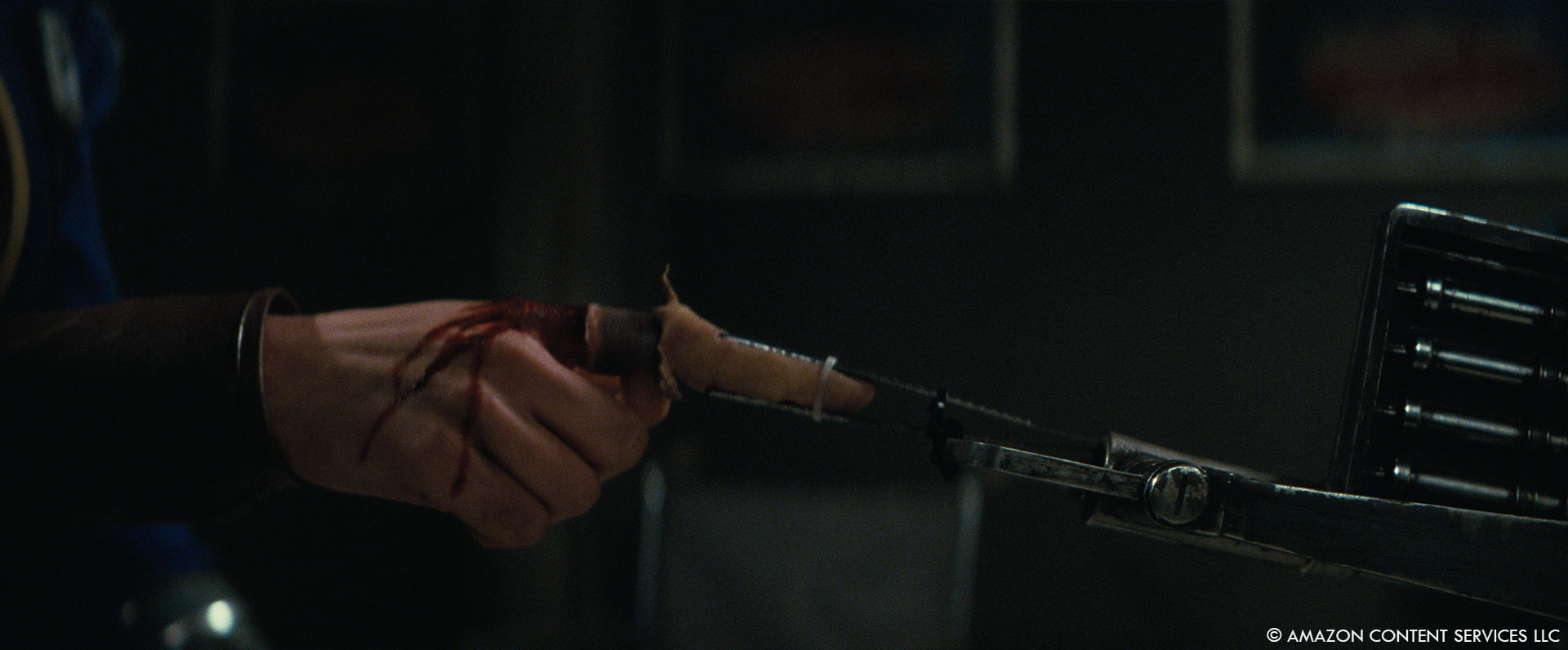
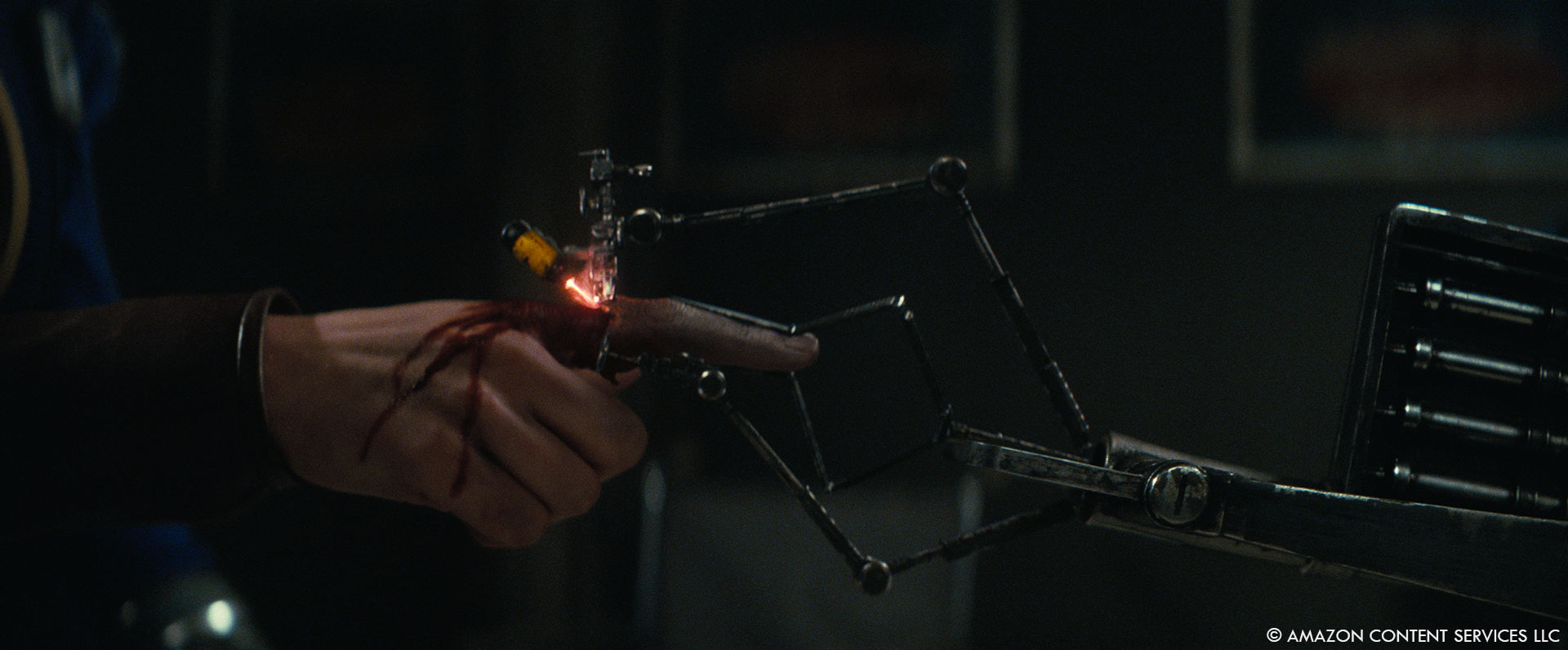
How did you organize the work between you and with your VFX Producer?
We all work closely together and collaborate with planning and scheduling to make sure we have the right artists and plans for them to make sure artists have the best opportunities and means to do the best work possible.
What are the sequences made by Important Looking Pirates?
We contributed to every episode of the series except for one. Our primary work focused on the Mr. Handy robot, Snip Snip (voiced by Matt Berry), and the character of Ben the Cyclops (played by Chris Parnell).
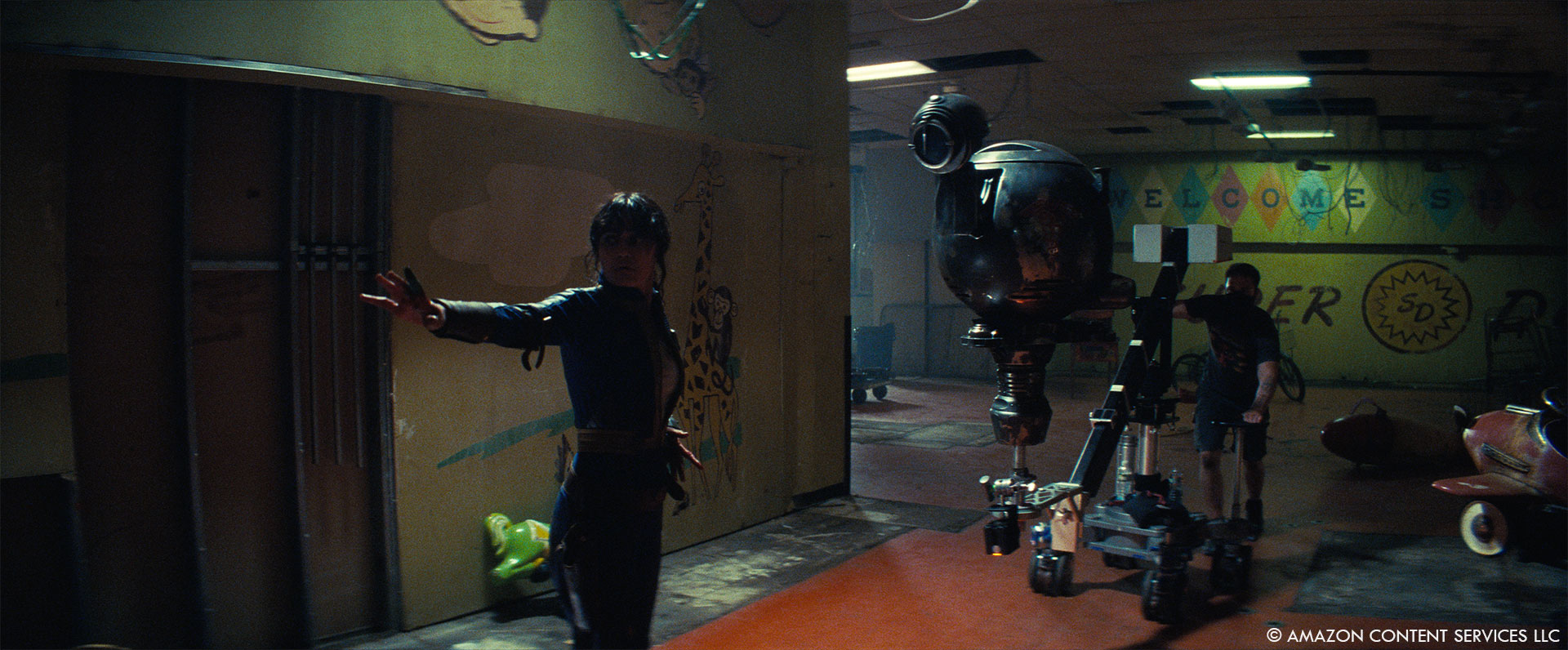
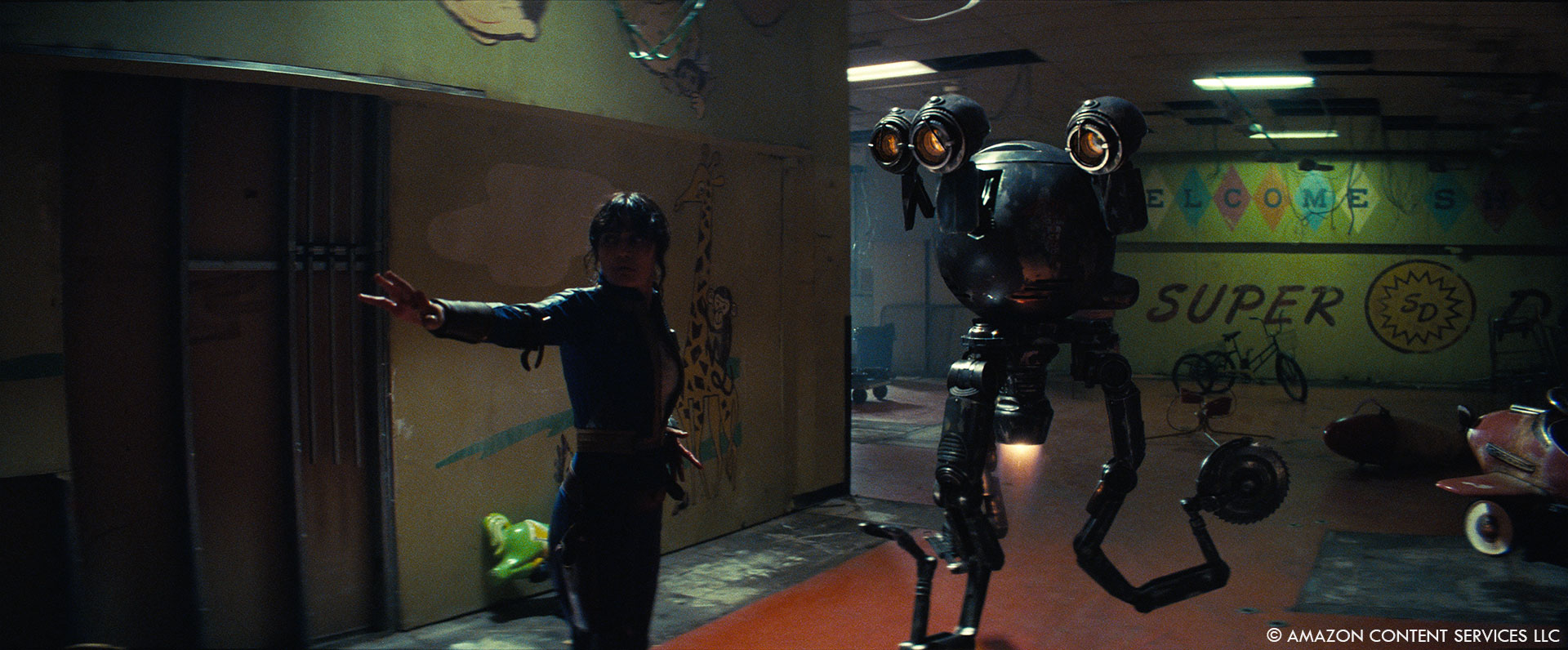
Can you walk us through the design process of Snip Snip, from the first sketches to the final model?
Snip Snip is a variation of the Mr. Handy robot seen in the Fallout games. When we got involved, the show’s props department had already created a practical puppet. They built Snip Snip in his entirety with a beautiful patina finish. Various parts and configurations of the prop were then used to capture some of his performance in-camera, which often was just the main body mounted on a mini crane arm to make it look like he was floating.
To bring the character to life, we then added and animate his arms and eyes, as well as adding FX elements for this thruster and exhaust. We had a few shots where we did a take-over from the puppet to the full digital Snip Snip, as well as a bunch of shots where Snip Snip was entirely digital throughout. We were very mindful to make sure that the digital Snip Snip married seamlessly with the live-action prop.
Some elements of Snip Snip’s design that weren’t already solved during the prop-making process. We were tasked with designing Snip Snip’s eyes, as well as a set of tools that he uses for his various surgical pursuits. The eyes in particular posed a particularly fun challenge, as we explored various configurations of lenses, aperture blades and lights, to make the eyes look both alive, but also mechanically plausible.
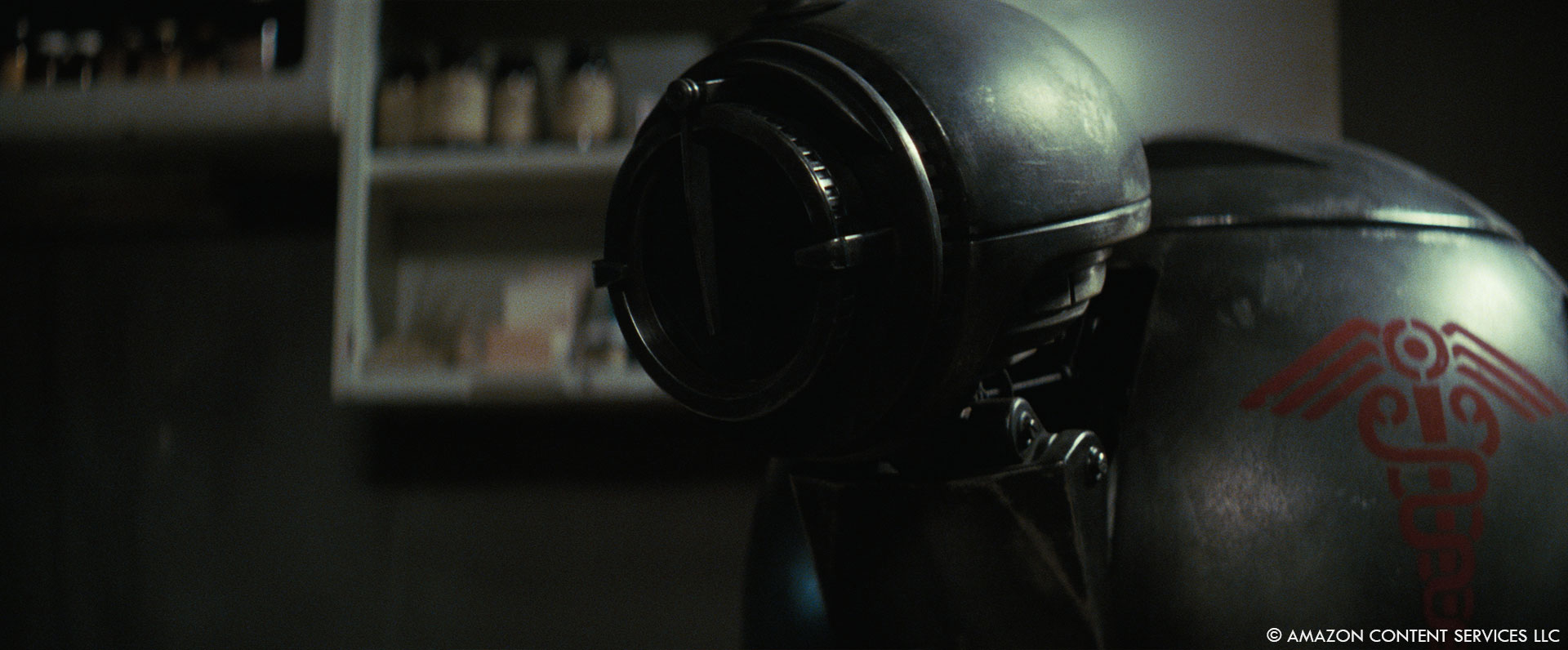
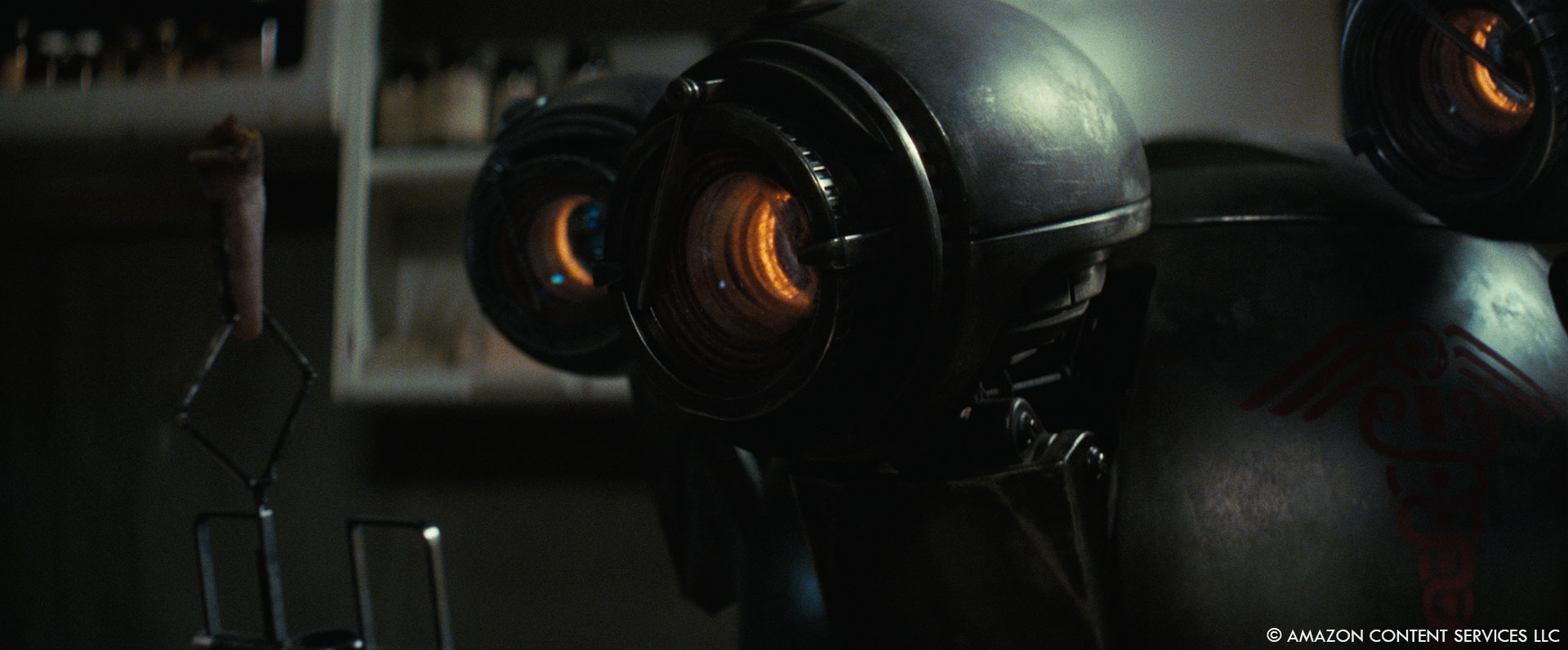
Beside the games, what was the initial inspiration behind the design of the medical robot Snip Snip?
When designing Snip Snip’s tools, we took inspiration from 1950’s sewing machines, as well as medical equipment such as dental bone saws. For Snip Snip’s thruster, we knew it needed to look realistic, but it should also look a little degraded in its behaviour and functionality, we took a lot of inspiration from footage we’d found online of homemade jet engines.

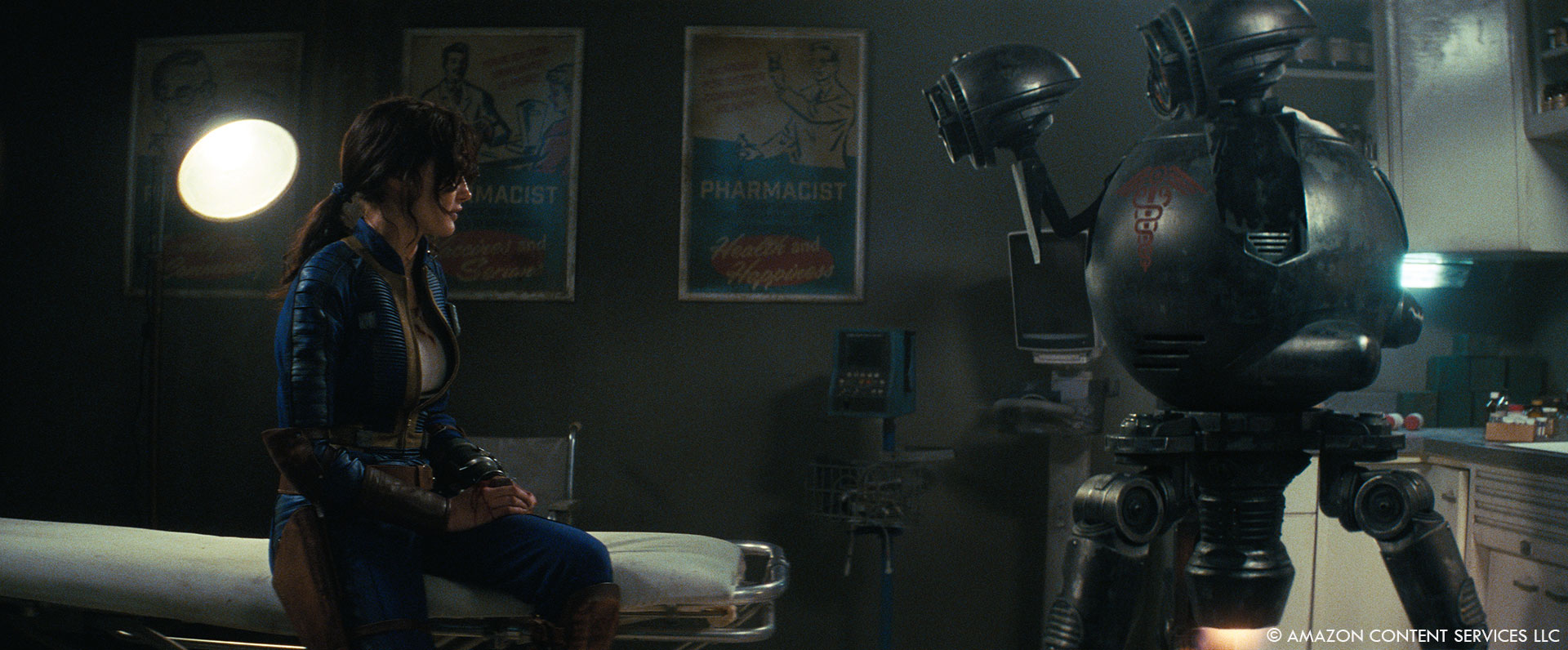
What were some of the biggest challenges you faced during the creation and animation of Snip Snip?
Snip Snip’s eyes went through many iterations to bring his character to life. We needed to find the right balance between mechanical realism and endearing character traits.
How did the collaboration between the different departments influence the final look and functionality of Snip Snip?
We created a workflow where animation drove the intensity and sputtering of Snip Snip’s thrusters in the FX simulation. This streamlined the process and allowed animators more ownership of Snip Snip’s entire character, saving time on manually generating FX caches for every scene.
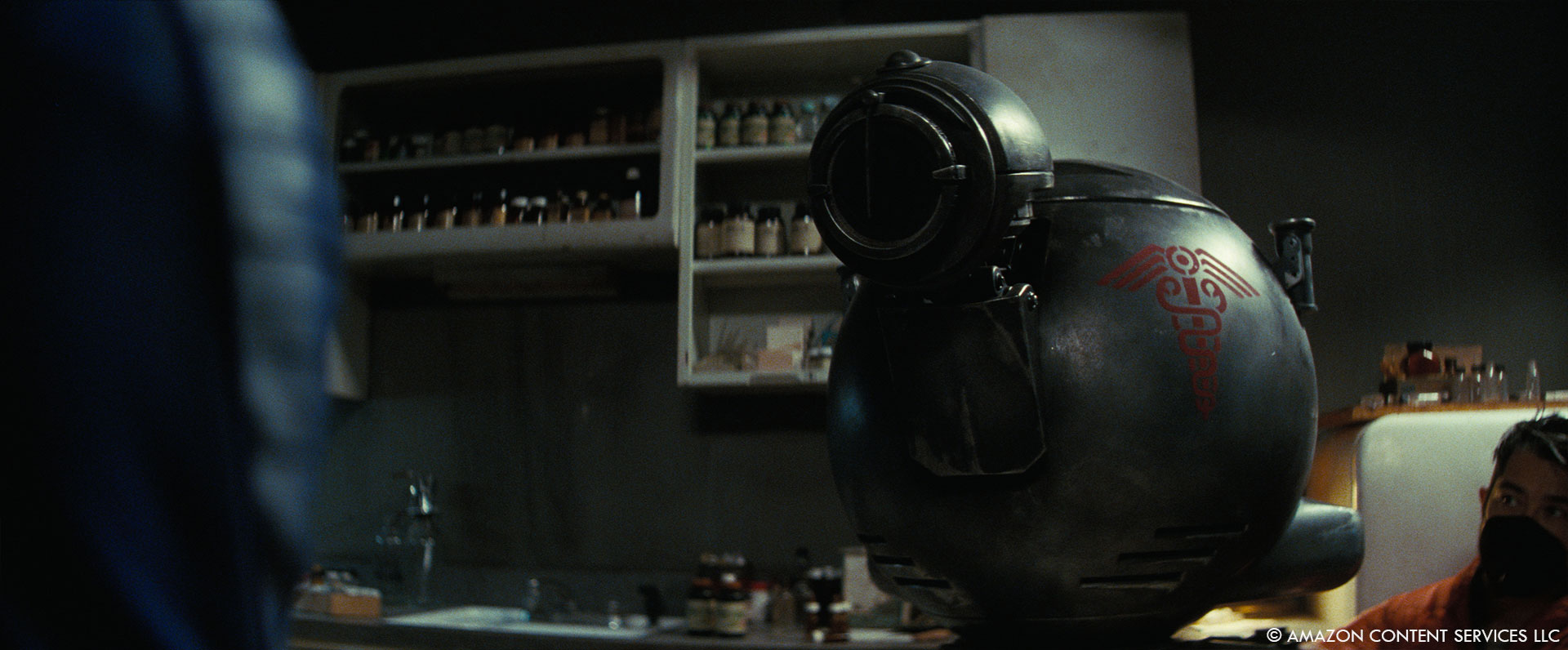

What specific animation techniques were employed to bring Snip Snip to life, and how did you ensure its movements appeared realistic and functional?
For the shots where Snip Snip was fully digital, we tried to emulate as much as we can the type of movement we witnessed from the live action prop. We even extracted some of the texture and imperfections of the prop’s movement through matchmove, and incorporated it into our keyframe animation.
Snip Snip’s eyes presented a different challenge, in that the real prop had just one center eye which was immovable. Through conversation with Jay, exploring whether we should paint our the static middle eye, and replace it with a fully articulated digital rendition, we landed on on the idea that the middle eye’s mechanism is simply broken, with Snip Snip being 200 years old, it’s reasonable to assume that he’d have sustained some level of disrepair. So his middle eye was imobile, and the other two eyes were in various states of disrepair.
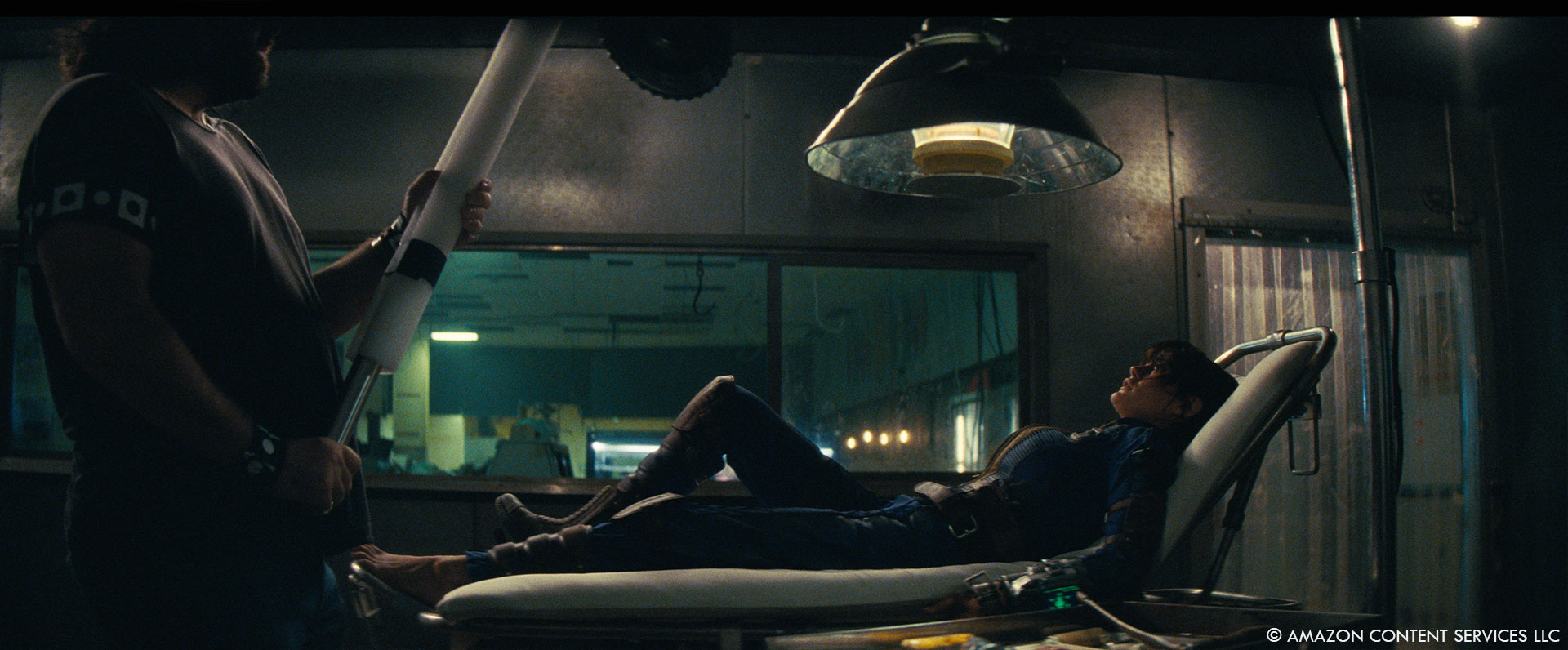
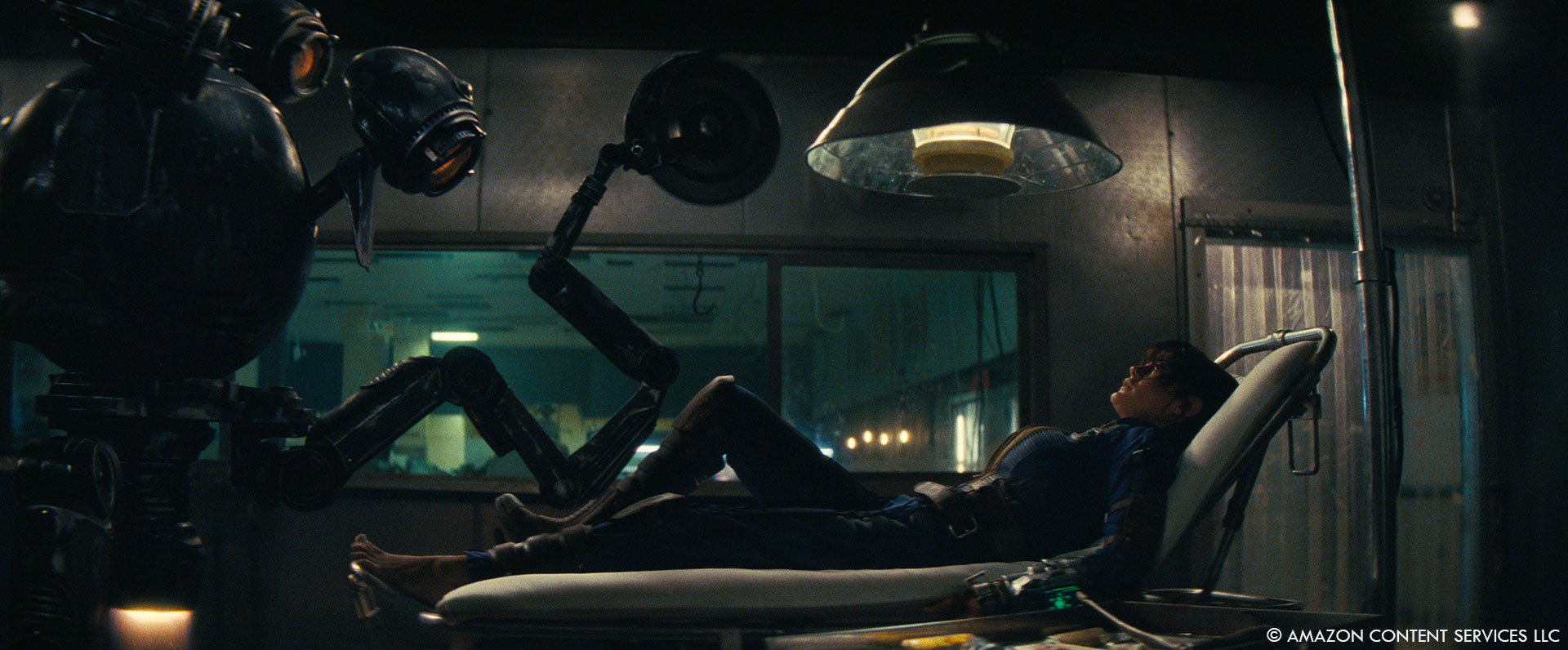
How many iterations did Snip Snip undergo before reaching its final design, and what kind of feedback was most impactful in refining the character?
Our early versions of Snip Snip’s eyes looked very cool, but they lacked soul. They looked like mechanical robotic eyes without any life or character. And indeed that was Jonathan Nolan’s initial feedback, that he wanted Snip Snip to look endearing and charming. Beyond his eyes, Snip Snip as a character was described to us as someone who is friendly, helpful and forthright, and without malice. When he’s attempting to cut Lucy open and harvest her organs, he’s not doing so with any ill will. He’s simply following his orders.
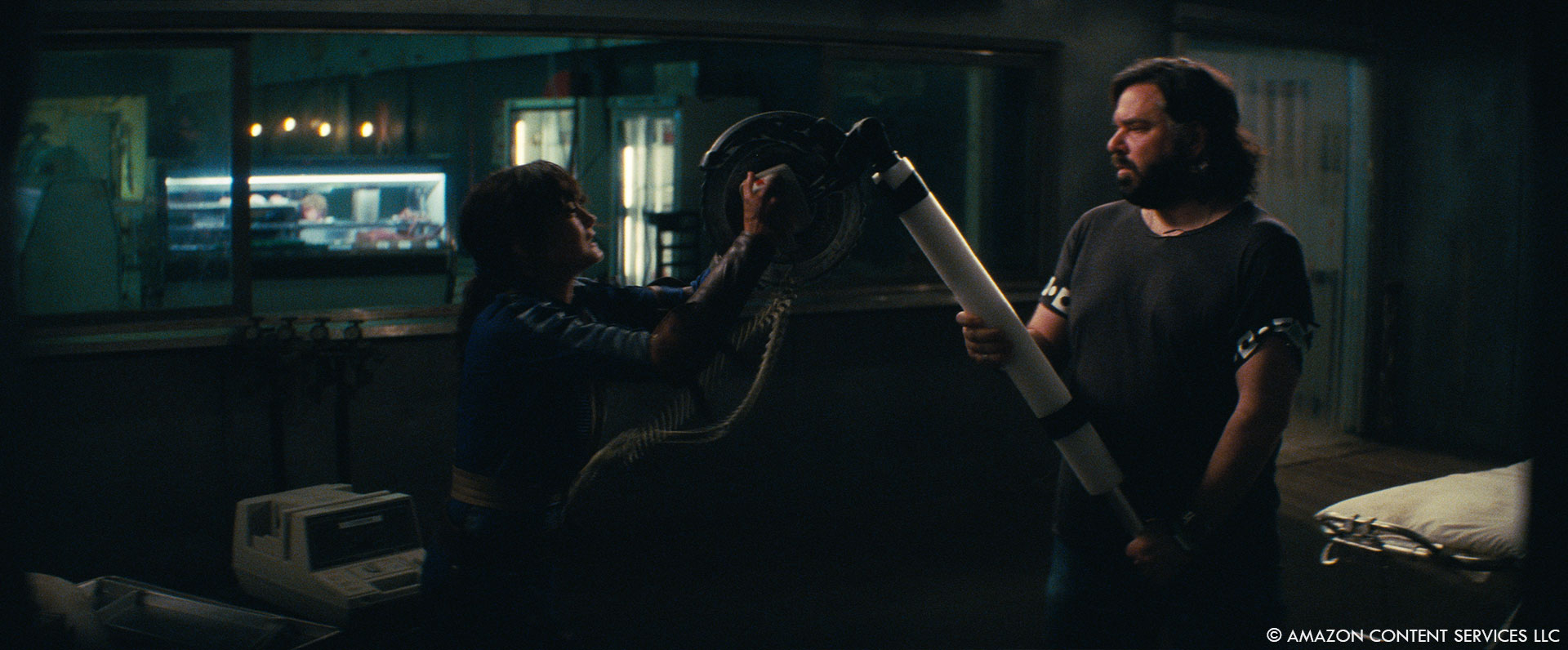
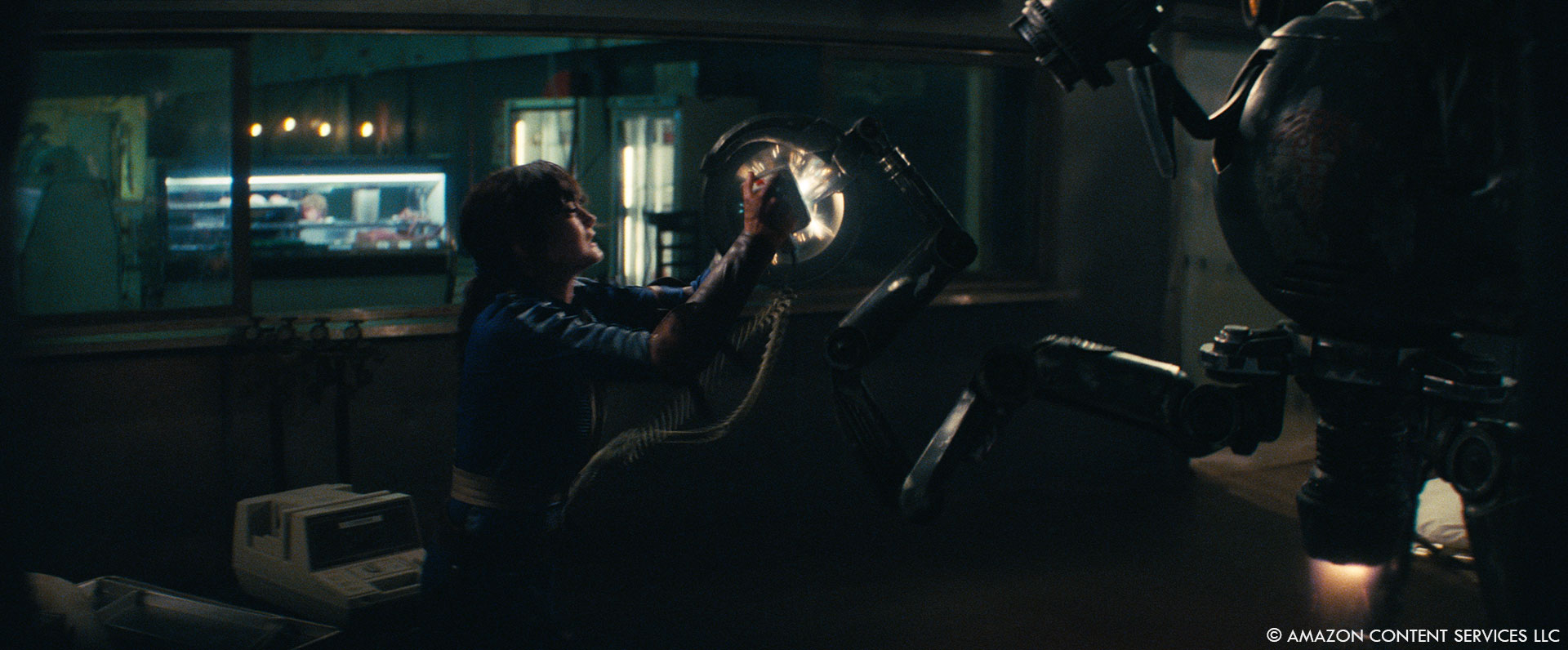
Can you describe the initial concept and design process for the Cyclops character and what were the key inspirations and visual references used?
We started with 2D illustrations, taking stills from one of the scenes with the Cyclops, and painting variations of eye size and position, as well as eye brow configurations. We knew that translating Chris Parnell’s expressive performance with a single eye was going to be crucial.
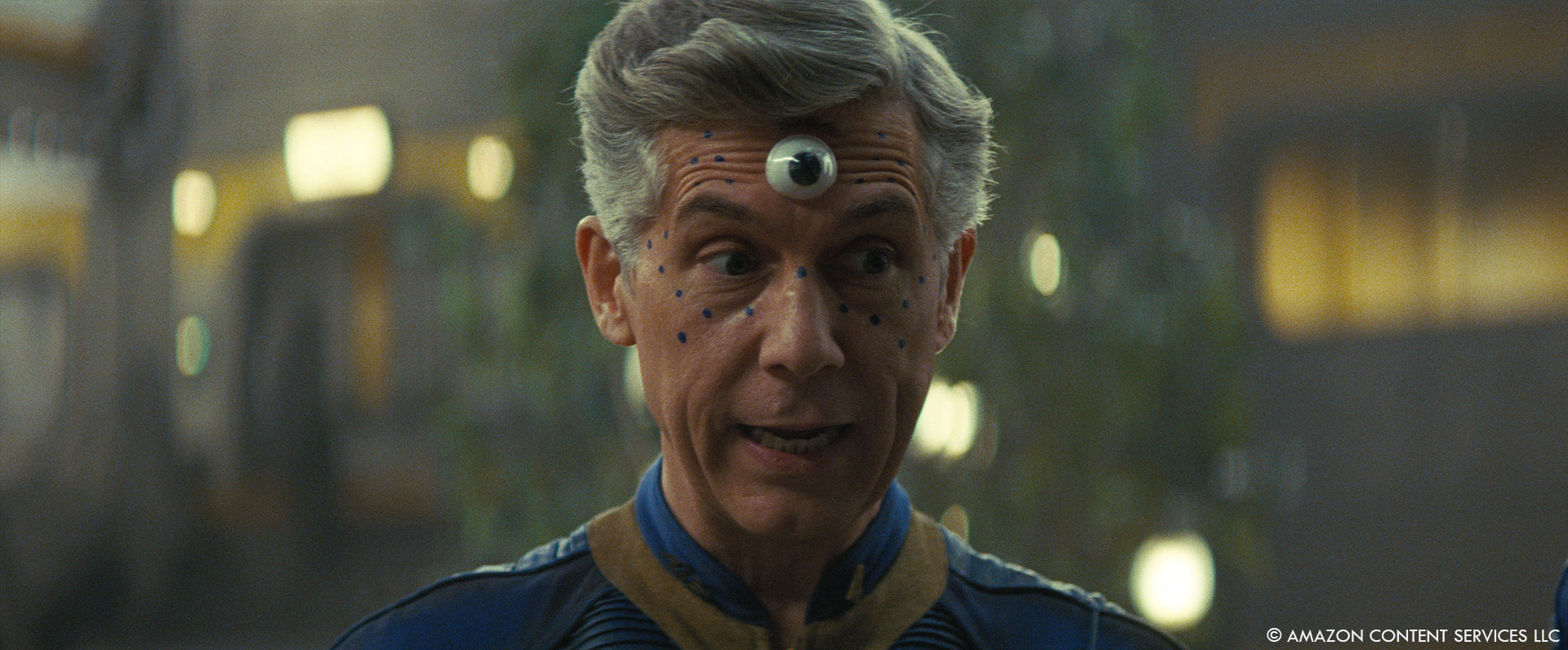
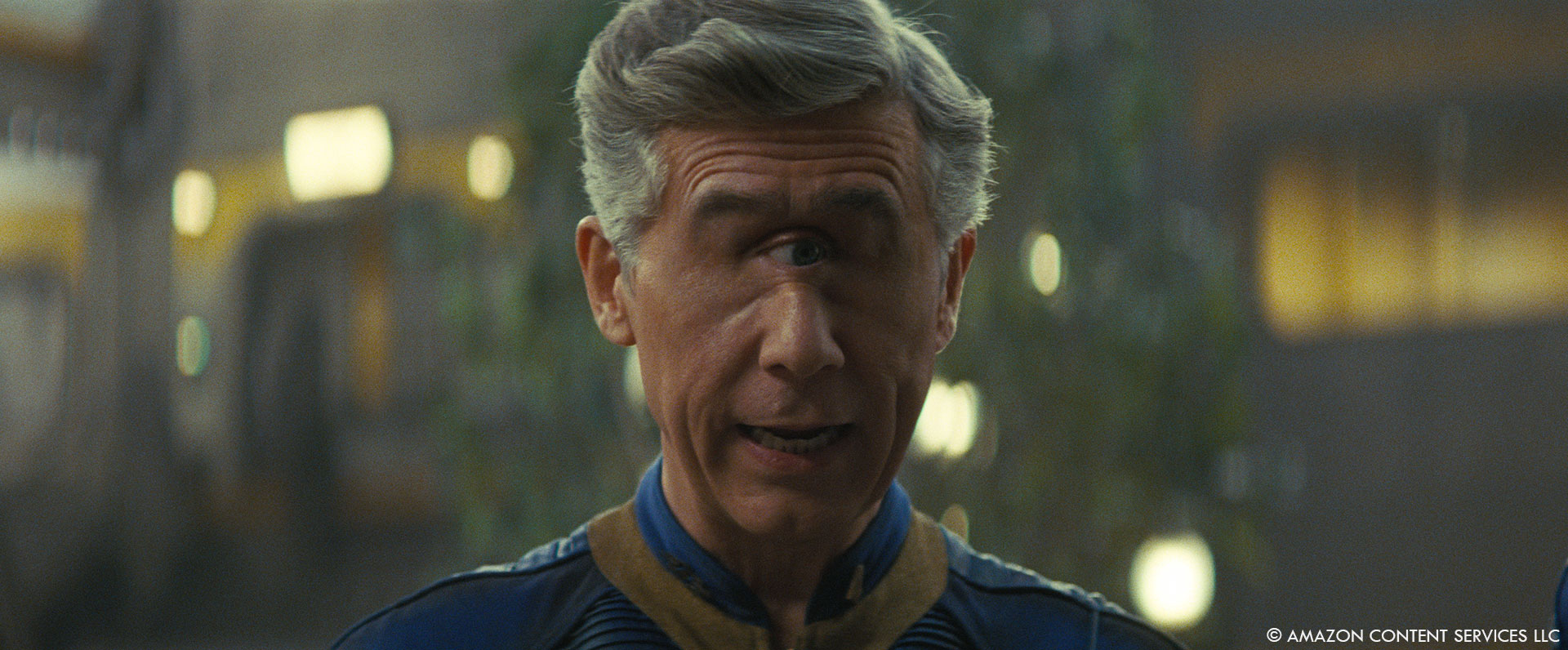
What were the biggest technical challenges your team faced when creating the Cyclops’ visual effects?
In terms of building and rigging the asset, we needed to make sense of the underlying anatomy and facial structure. How does a single eye socket sit into the middle of the face occupying the bridge of the nose? We explored having the eye at various heights and depth within the face. Despite only having one eye, we ended up creating more blendshapes for the Cyclops rig than we had for any other facial rig before then. Ben the Cyclops features in sequences across both Ep6 and Ep7, where we saw him go through a full range of emotions from smiling, frowning, crying and as well as being surprised and angry.
We also simulated blood flow to enhance the skin shading, reflecting the natural shifts in tone and color due to different expressions. This subtle effect added realism, making the skin appear alive.
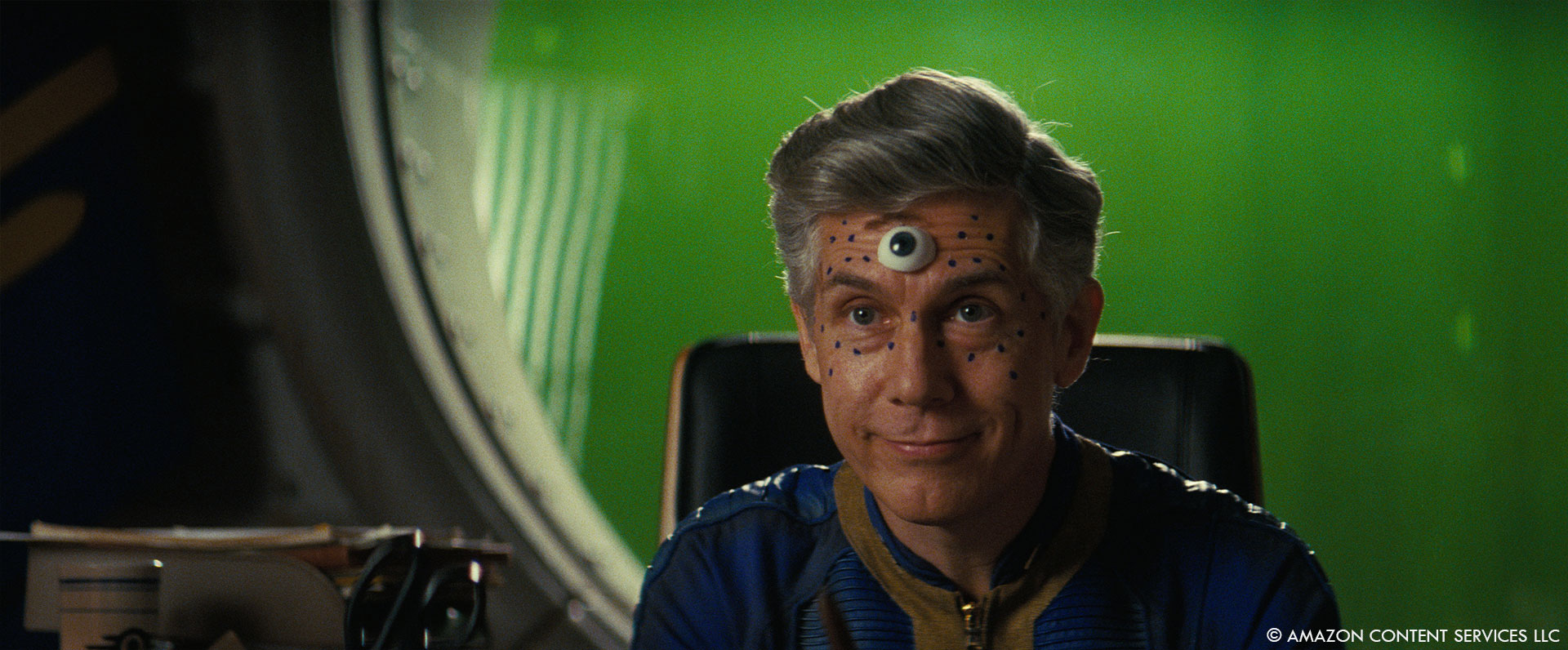

Were there any memorable moments or scenes from the series that you found particularly rewarding or challenging to work on from a visual effects standpoint?
The Cyclops was both the most challenging and rewarding aspect. Achieving a point where we could enjoy Chris Parnell’s performance without being distracted by the VFX was a significant accomplishment.
Just from a design point of view, visually a cyclops is an unnerving deformity which creates a visceral “uncanny valley” response, and perhaps there’s no way to completely get away from that, but we’re incredibly proud of the results we were able to achieve.

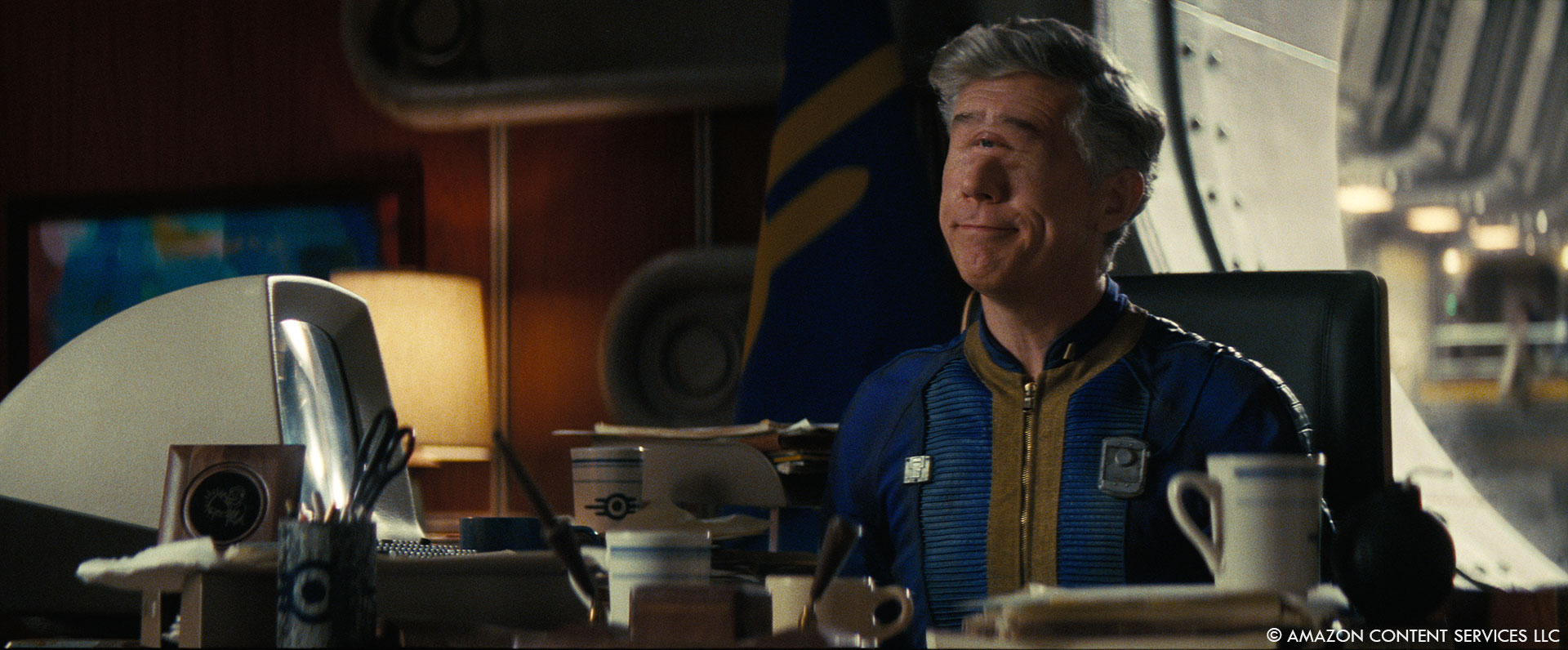
Looking back on the project, what aspects of the visual effects are you most proud of?
I’m particularly proud of our work on the Cyclops. Despite the inherent challenges, we achieved a level of realism and character that stayed true to Chris Parnell’s performance.
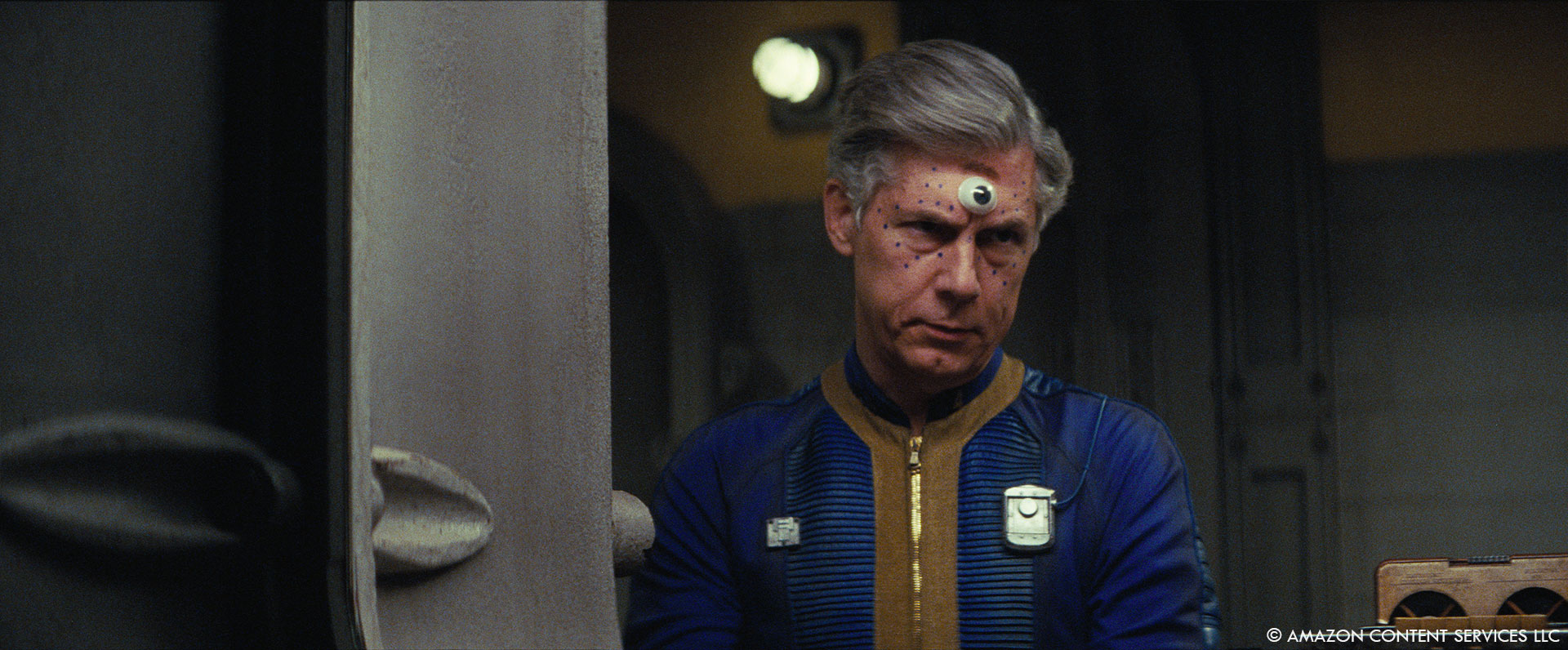
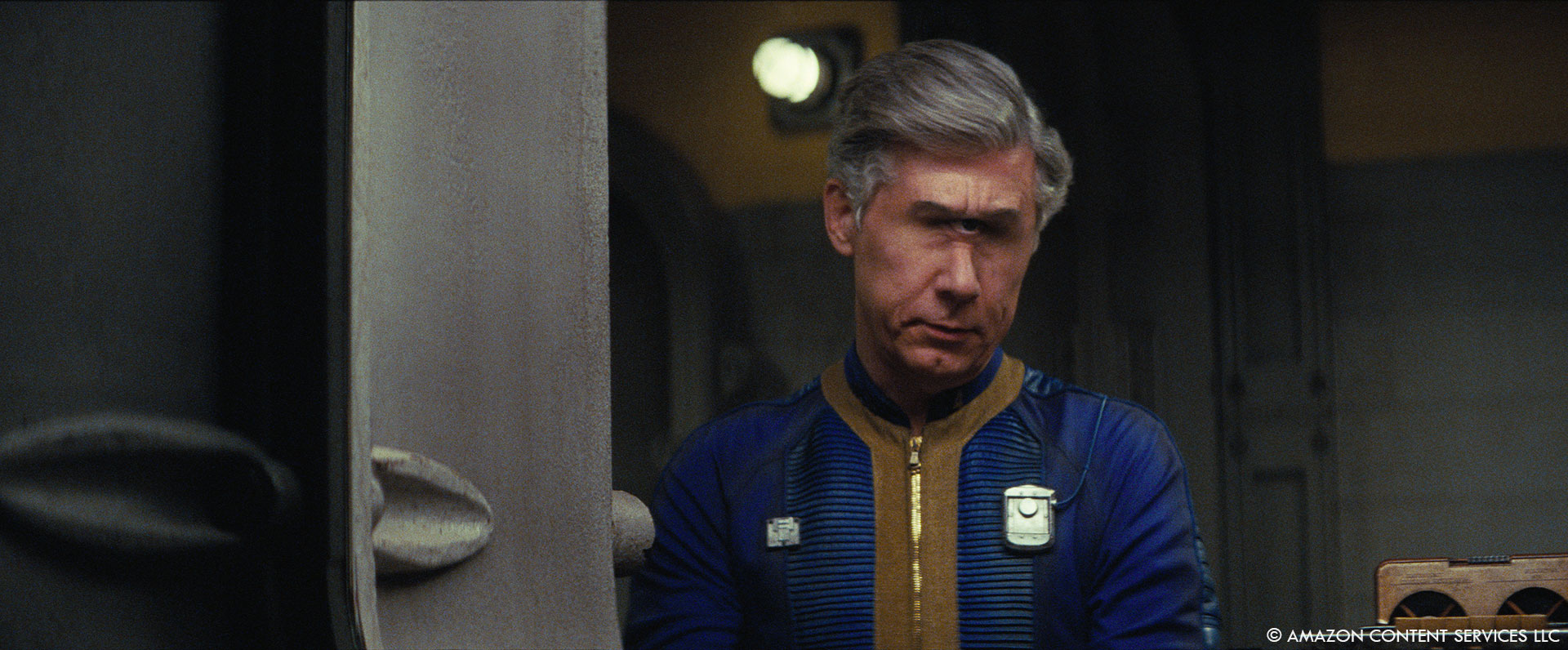
Tricky question, what is your favorite shot or sequence?
That is tricky! If I had to choose, I’d pick any of the sequences with the Cyclops. But I still love Snip Snip!
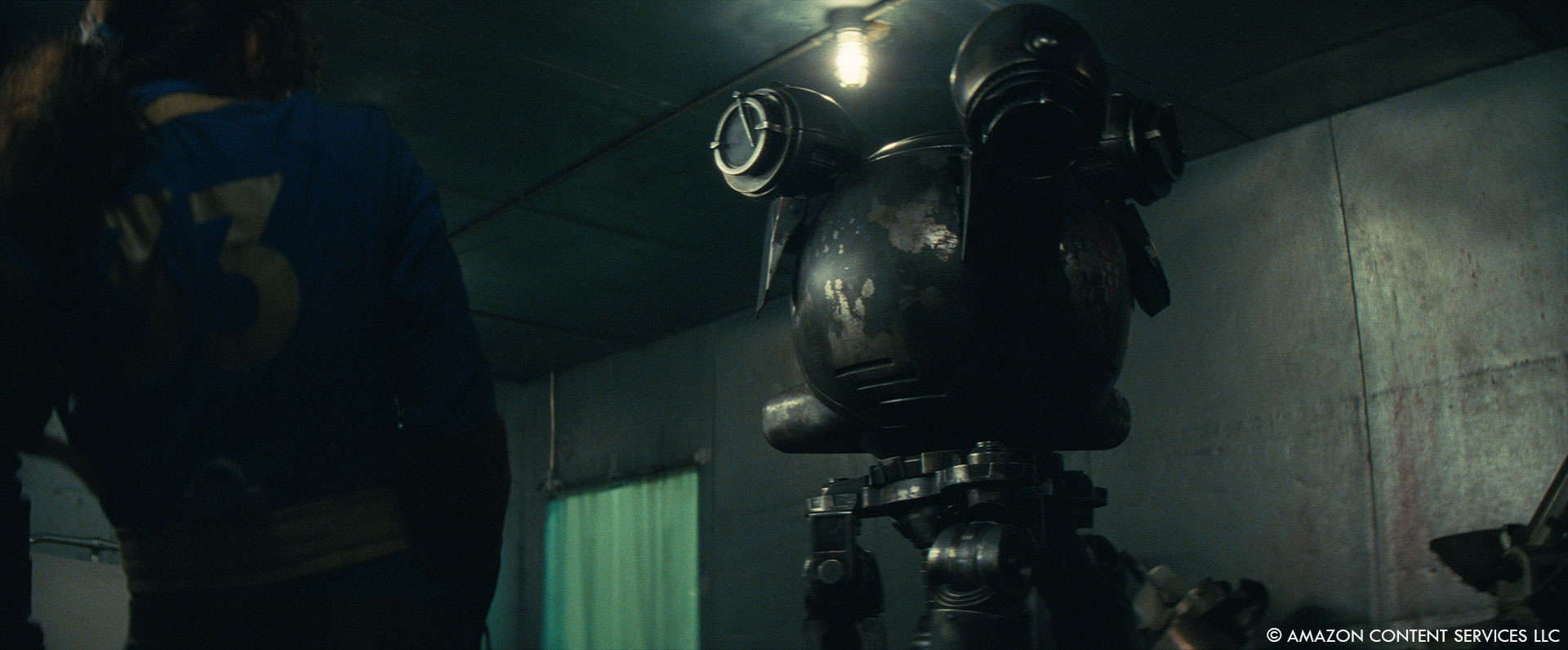
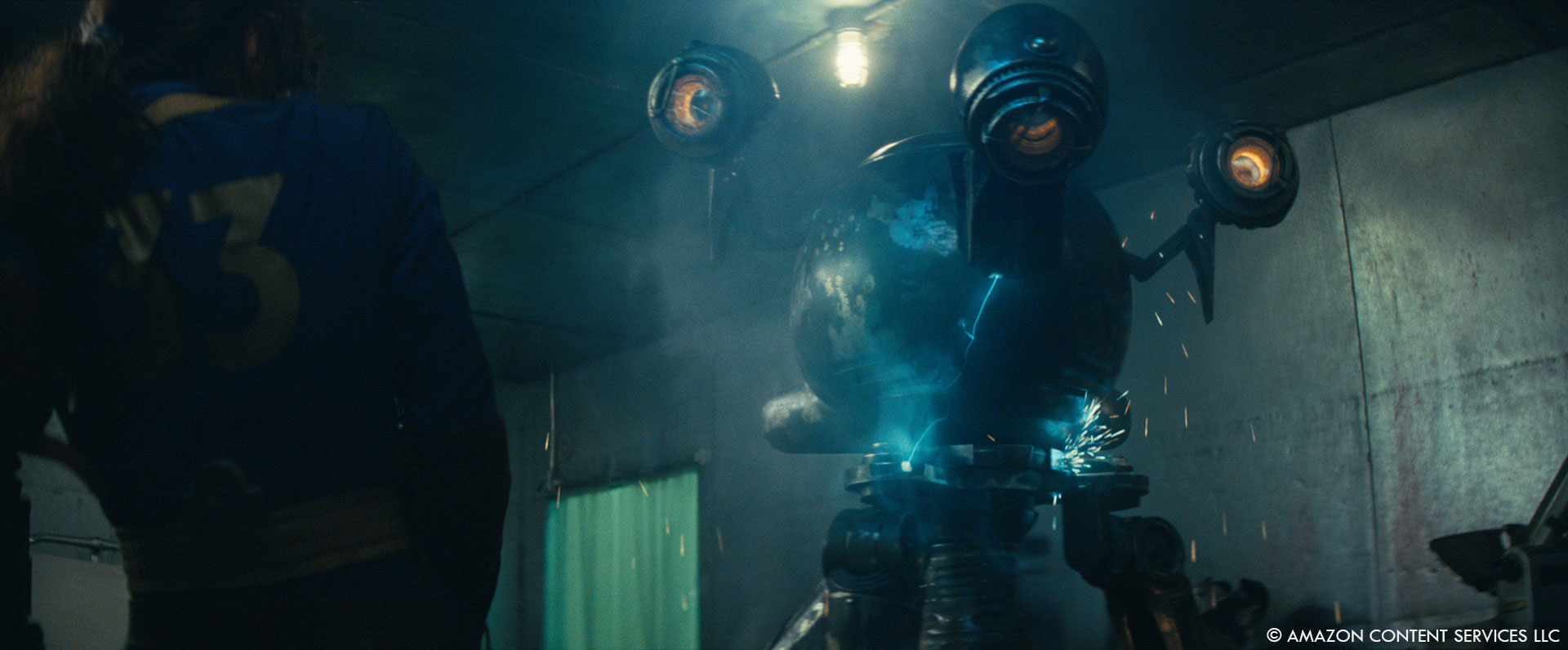
How long have you worked on this show?
A little over 1 year.
What’s the VFX shots count?
Around 140.
What is your next project?
Can’t say unfortunately but an exciting one for sure.
A big thanks for your time.
WANT TO KNOW MORE?
Jay Worth: Here’s my interview of Production VFX Supervisor Jay Worth.
Prime Video: You can now watch Fallout on Prime Video.
© Vincent Frei – The Art of VFX – 2024




